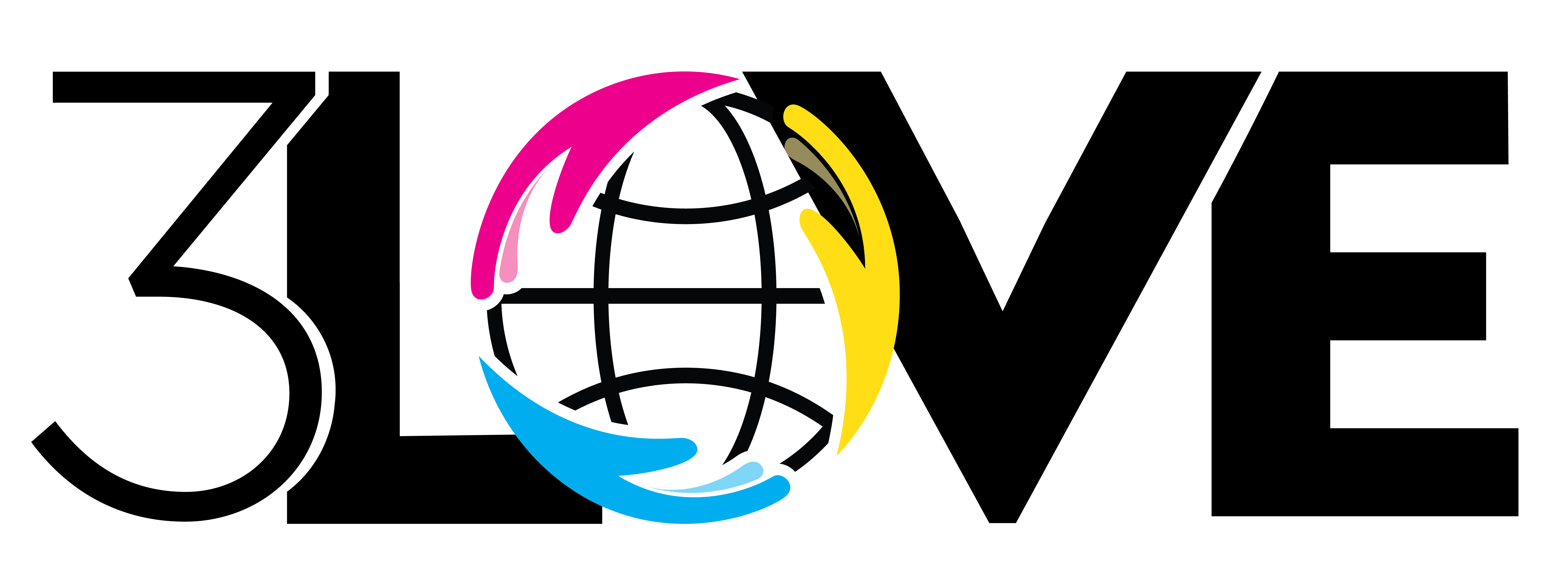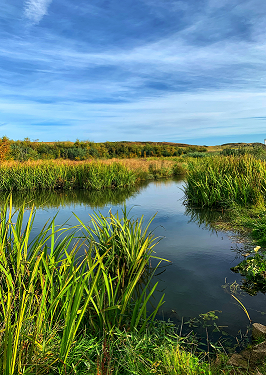February 2 marks World Wetlands Day, to raise awareness of the urgency of reversing the accelerated loss of wetlands and to promote their conservation and restoration.
What are wetlands?
Wetlands are ecosystems in which water is the main factor controlling both the environment and the associated plant and animal life.
A broad definition of wetlands includes freshwater, marine and coastal ecosystems, such as lakes and rivers, subway aquifers, swamps and marshes, wet grasslands, peatlands, oases, estuaries, deltas and marshes, mangroves and other coastal areas, coral reefs, and all man-made sites such as fish ponds, rice paddies, reservoirs and salt pans.
Protecting wetlands for our common future
Wetlands represent one of the most valuable ecosystems on Earth. Therefore, they are indispensable to humans and nature for the benefits and services they provide.
Some of their main benefits are:
- Although they cover only about 6% of the Earth’s surface, they are the habitat for 40% of all plant and animal species.
- Their biological diversity is crucial for human health, food supply, transportation, and economic activities that generate employment, such as fisheries and tourism.
- They are vital to humans, other ecosystems and our climate, providing essential ecosystem services such as water regulation, including flood control and water purification.
- More than 1 billion people (one-eighth of the Earth’s population) living in rural and urban areas around the world depend on wetlands for their livelihoods.
- Approximately 1 in 8 people make a living from wetlands by performing various activities and providing food, water supply, transportation, and recreation.
- Research shows that wetland landscapes positively influence mental well-being.
- Along coasts, wetlands protect 60% of humanity from storm surges, hurricanes and tsunamis.
Wetlands are in danger
Despite these great benefits, wetlands are one of the ecosystems suffering the greatest deterioration, loss and degradation. Unfortunately, this negative trend is expected to continue as a result of rapid population growth, unsustainable production and consumption, technological development, and climate change.
With a 35% loss globally in the last 50 years starting in 1970, wetlands are our most threatened ecosystem, disappearing three times faster than forests.
Human activities that cause wetland loss include drainage and filling for agriculture and construction, pollution, overfishing and overexploitation of resources, invasive species, and climate change.
This vicious cycle of disappearing wetlands, threatened livelihoods and worsening poverty is the result of a way of thinking that mistakenly views wetlands as mere wastelands rather than as sources of life, jobs, income and essential ecosystem services.
For this reason, one of the most important challenges lies in changing the mentality of the population, as well as encouraging governments and communities to value and prioritize the protection of wetlands.


